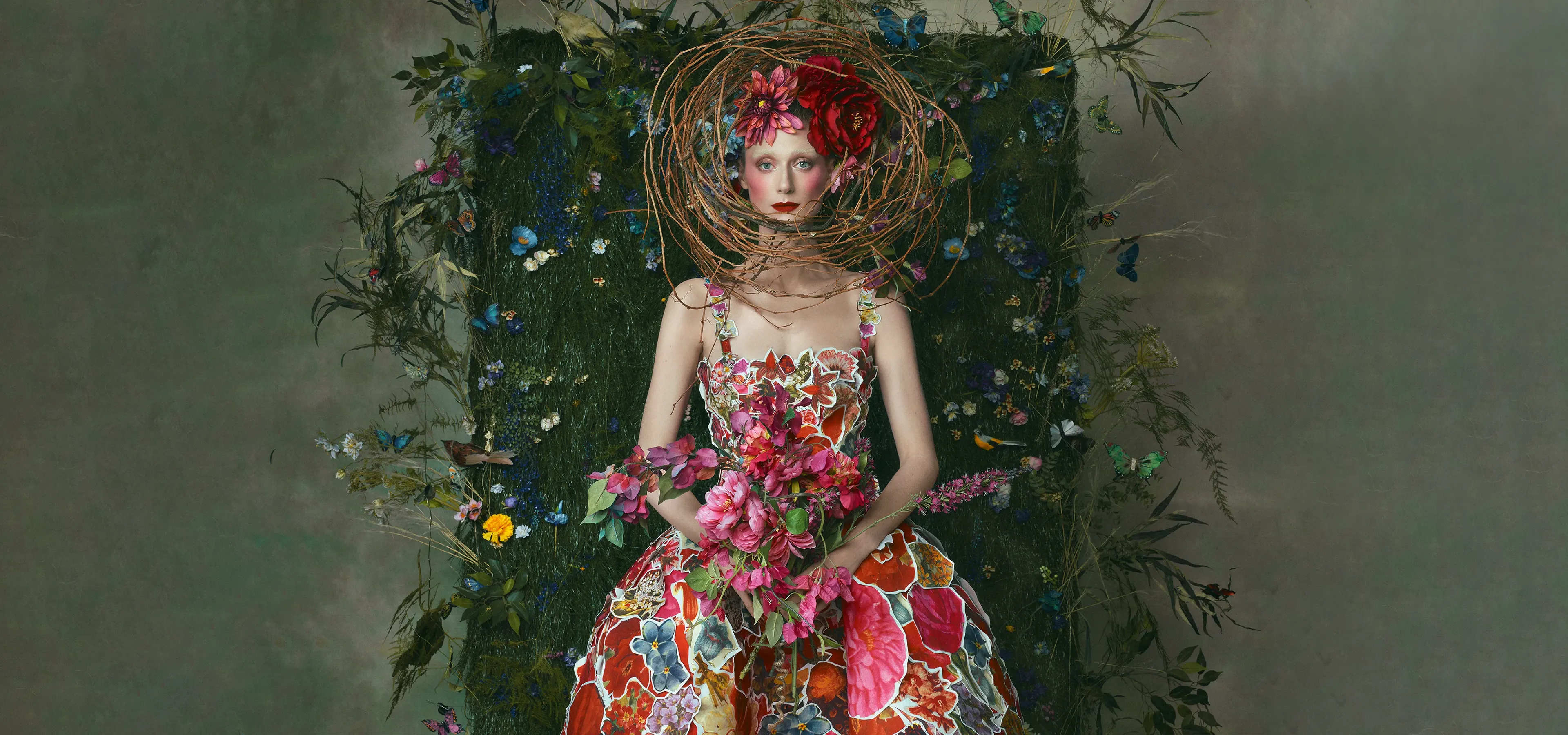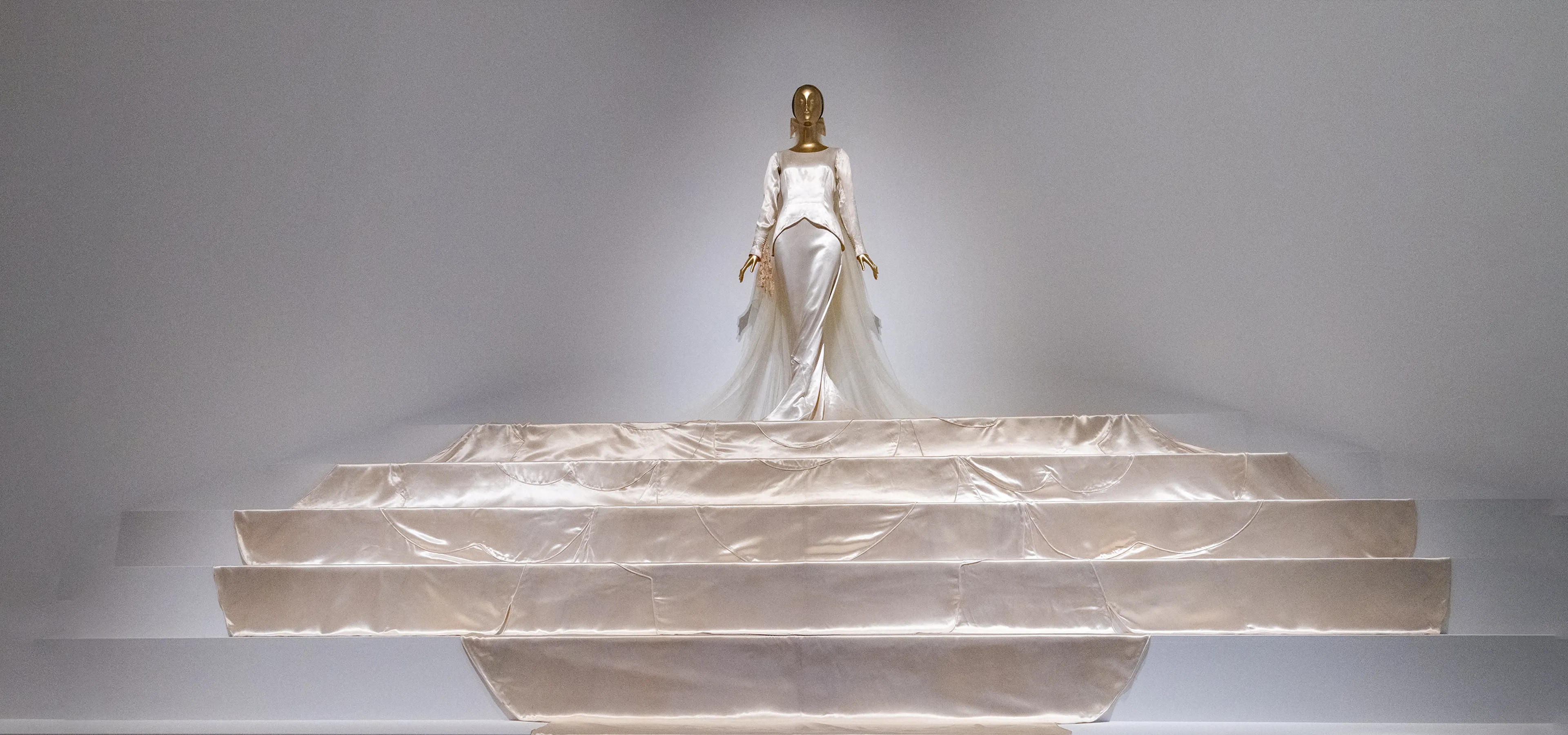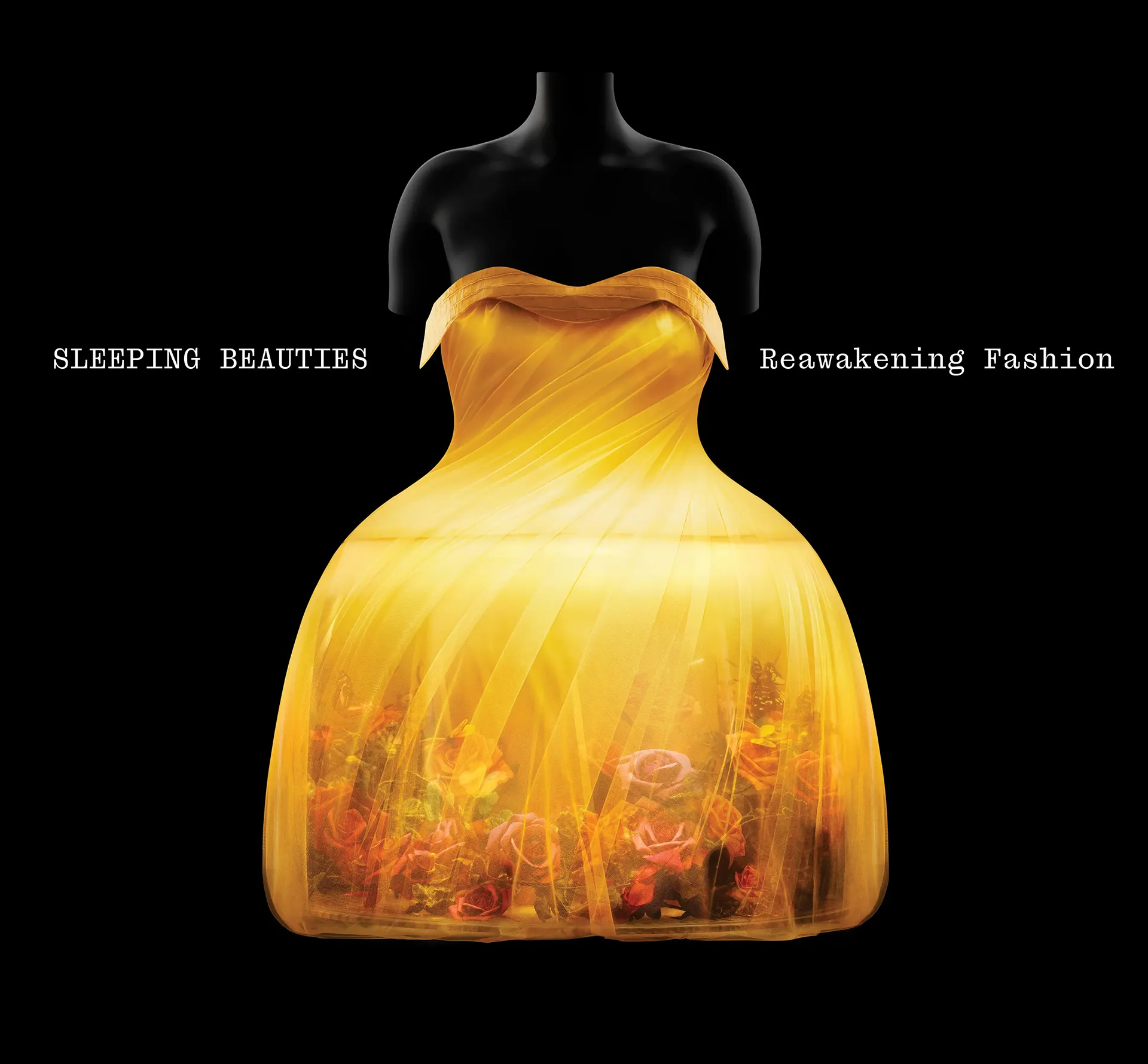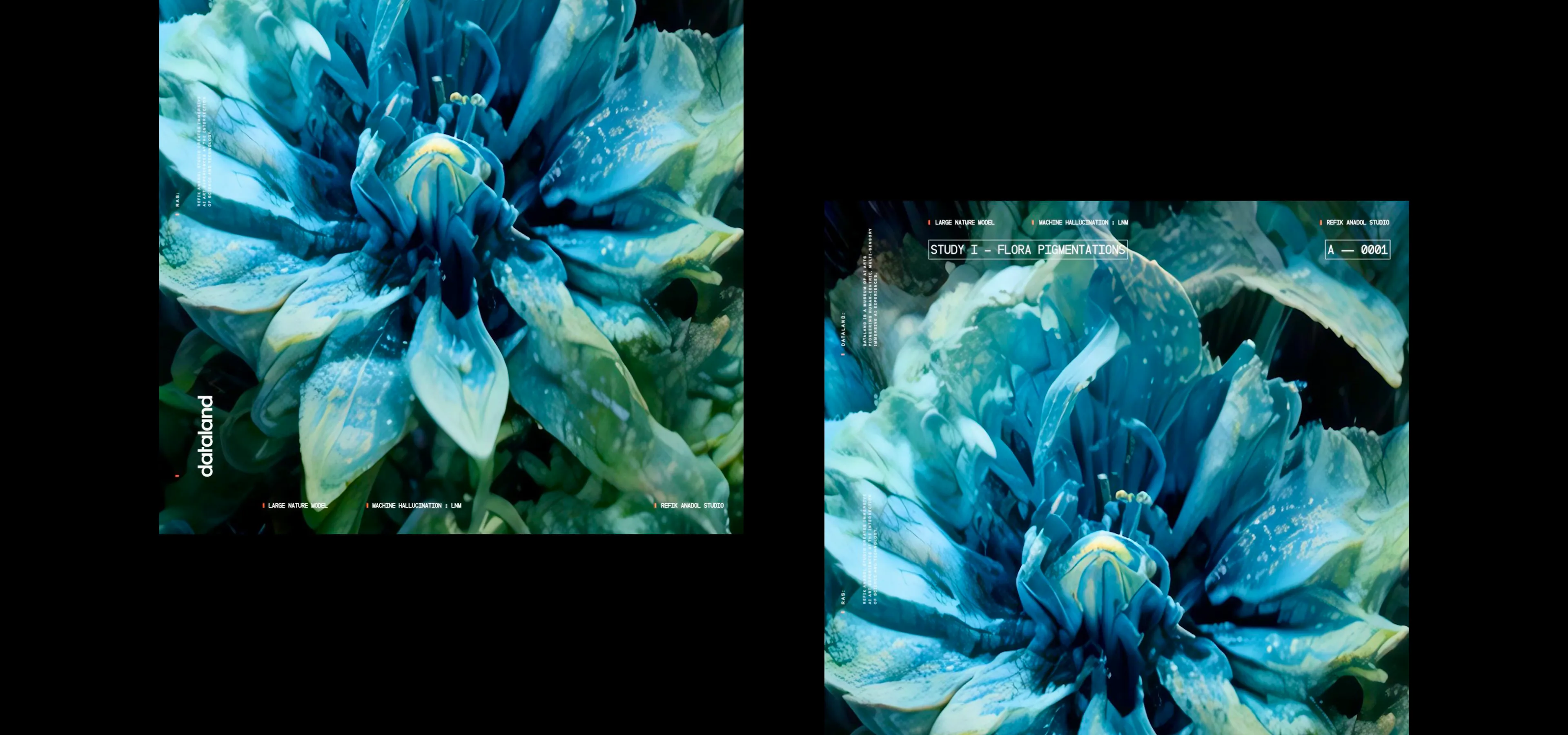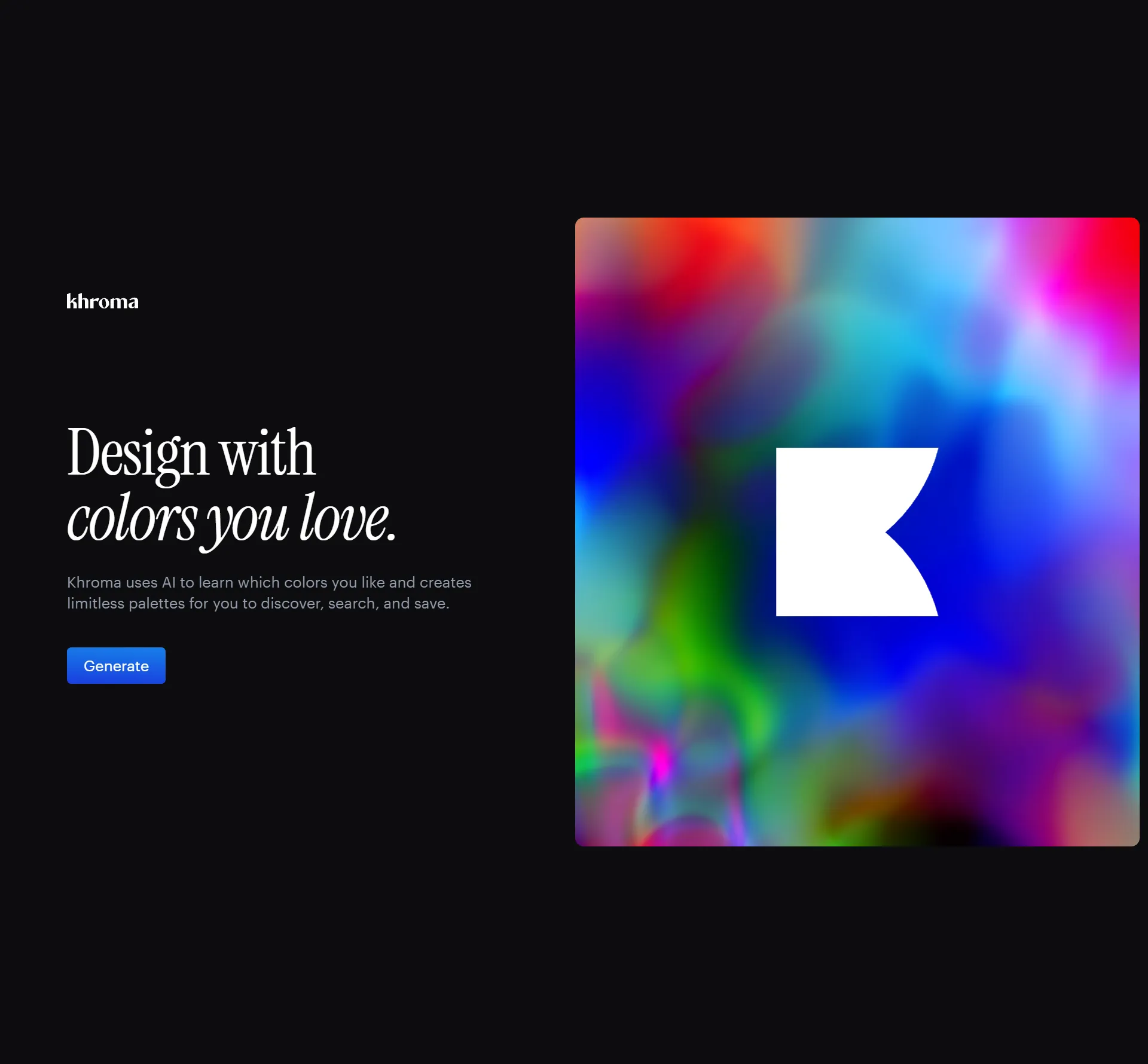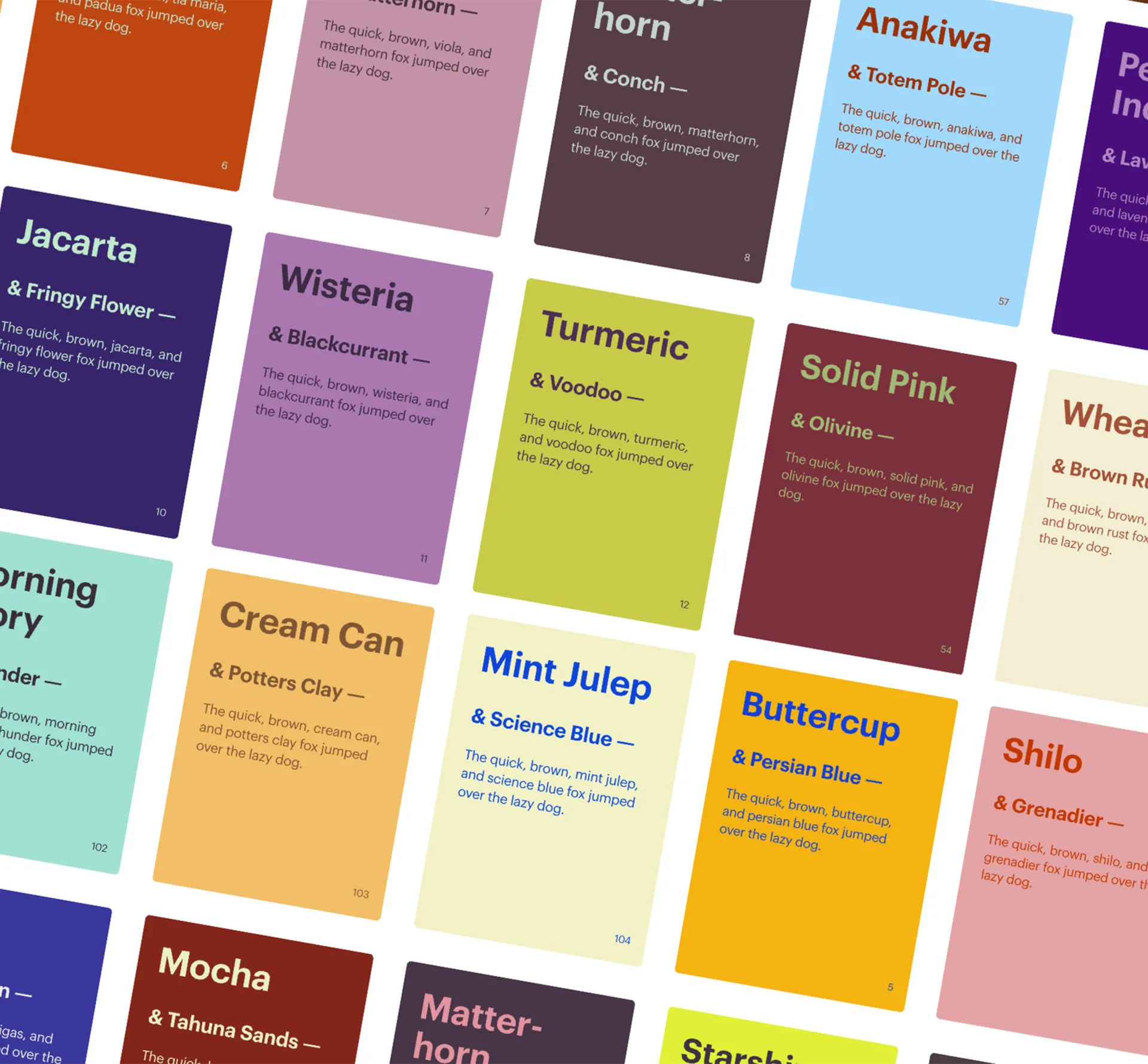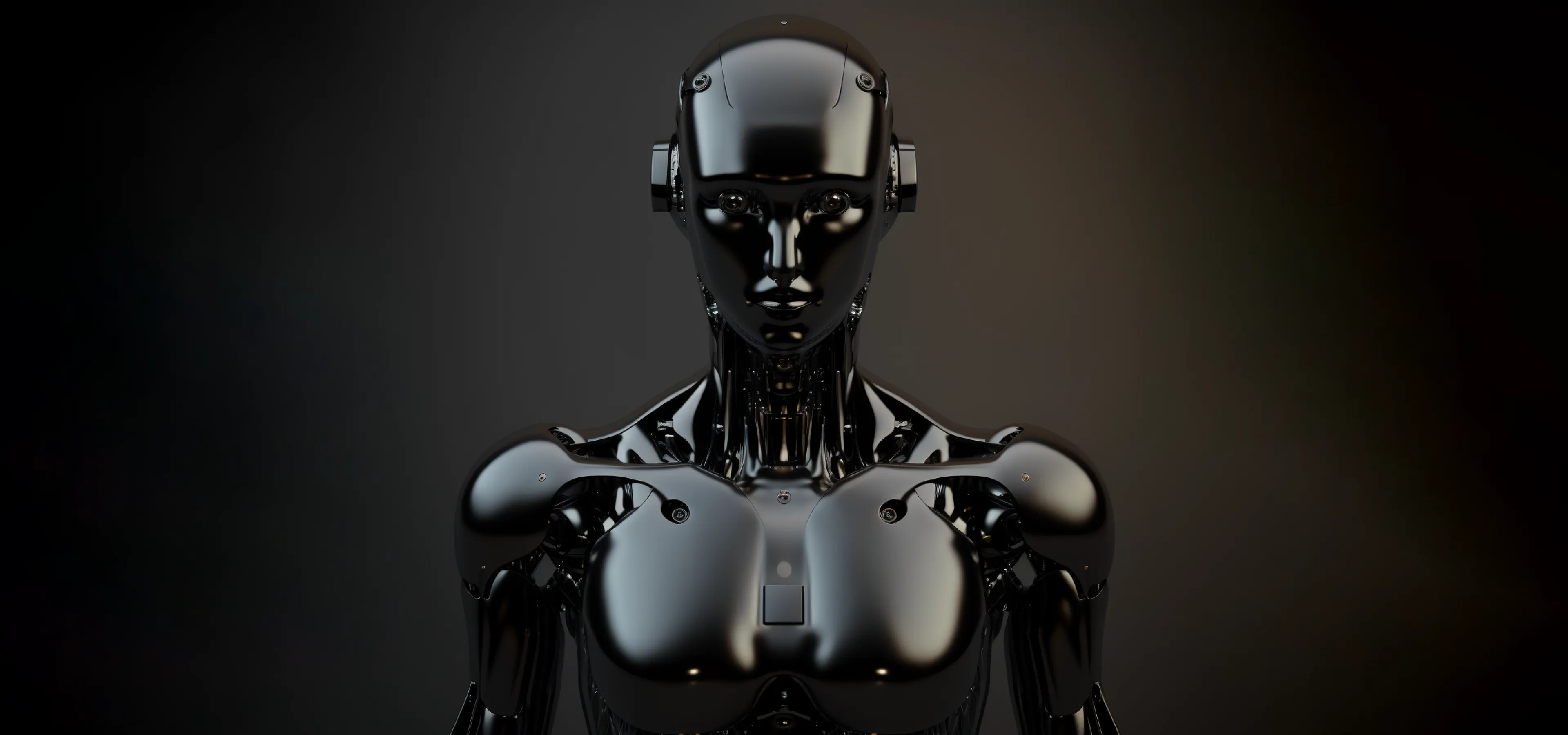AI Creativity
Author Dan Harfield
The Oxford dictionary defines creativity as: “The use of imagination or original ideas to create something.” Yet, in recent years, AI has emerged as a powerful tool in the creative process, challenging and expanding this traditional definition.
From filmmaking to fashion design, the fusion of human imagination and artificial intelligence is reshaping how we conceptualise, create and innovate, pushing the boundaries of what’s possible.
So, what does this actually look like in the day-to-day work of creatives? Here are a few real-world examples of AI in action.
Runway
Runway, a pioneering generative video company, is leading the way in the creative application of AI to the filmmaking process.
Their tools significantly expand the creative palette available to filmmakers, allowing for complex visual effects and scene manipulations that have, until now, been the domain of only big-budget productions. By drastically reducing costs and simplifying logistics, Runway is democratising high-end video production. Their annual AI film festival, now in its second year, serves as a showcase for the creative potential of AI in filmmaking.
Will the magic of Hollywood-level CGI soon be in the hands of every filmmaker?
OpenAI X The Met
The Metropolitan Museum of Art’s Sleeping Beauties: Reawakening Fashion exhibition, in collaboration with OpenAI, demonstrates AI’s potential to transform museum experiences.
This innovative project brings historical fashion to life through a blend of research, conservation analysis, and diverse technologies—from AI and CGI to x-rays and soundscapes.
By creating a multi-sensory, interactive showcase of fashion masterpieces through the ages, “Sleeping Beauties” offers visitors a unique engagement with history and challenges preconceptions about AI-assisted creativity.
Dataland’s Large Nature Model
In a similar vein, DATALAND, opening in Los Angeles in 2025, aims to be the world’s first AI arts museum. Its inaugural exhibition will showcase Refik Anadol Studio’s Large Nature Model, a groundbreaking open-source AI trained solely on ethically collected nature data.
This innovative approach points to a future where AI transforms traditional museum and gallery visits into more immersive experiences. In a similar vein, LNM hints at how AI could revolutionise cultural institutions, offering visitors dynamic, personalised encounters with art and nature while enriching, rather than replacing, human creativity.
Khroma by George Hastings
Developed by George Hastings, Khroma is an AI tool that generates infinite colour palettes tailored to individual preferences.
It learns from user choices to create colour combinations you will love, whilst filtering colours that are not your taste.
This sophisticated yet fun, user-friendly tool allows designers to search for new combinations using various inputs – from images and colour codes to specific hues. In doing so, it frees designers to focus on higher-level creative decisions, potentially accelerating the design process.
Google’s Quick Draw is a Pictionary-style game that pits your doodling skills against AI. You’ve got 20 seconds to sketch something while a computer tries to guess what it is. Well worth a 5 minute work break.
Prompt Brush 1.0 is Pablo Declan’s innovative project merging AI concepts with human art. Audiences submit AI-style prompts, which Declan interprets into original artworks. The project includes a performance tracker, displaying daily completed prompts, cleverly mimicking AI service interfaces.
These examples are just the tip of the AI-creativity iceberg.
How do you see AI shaping your creative process?
Looking for more design inspiration?
